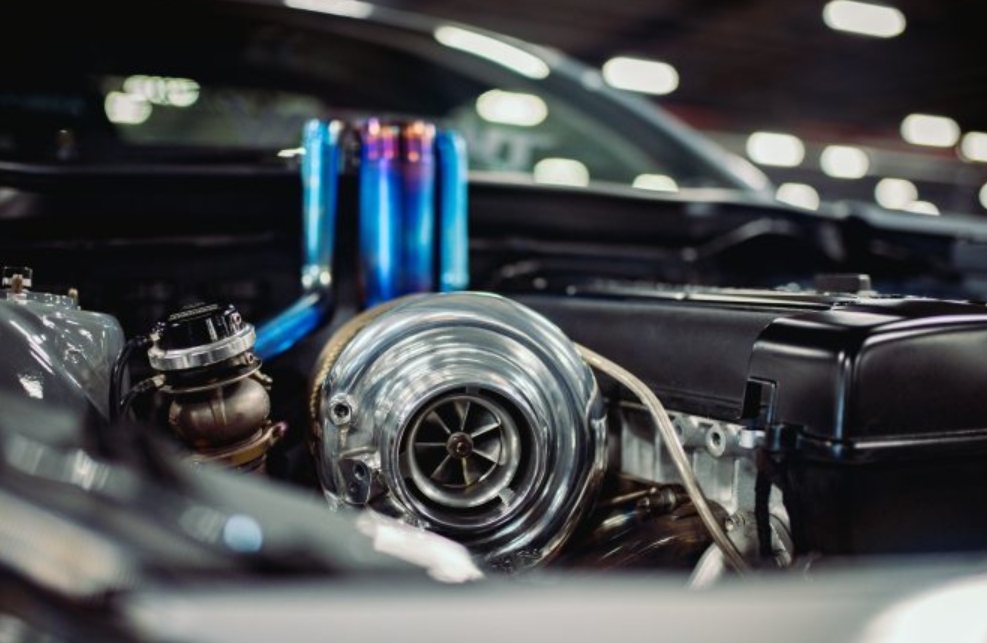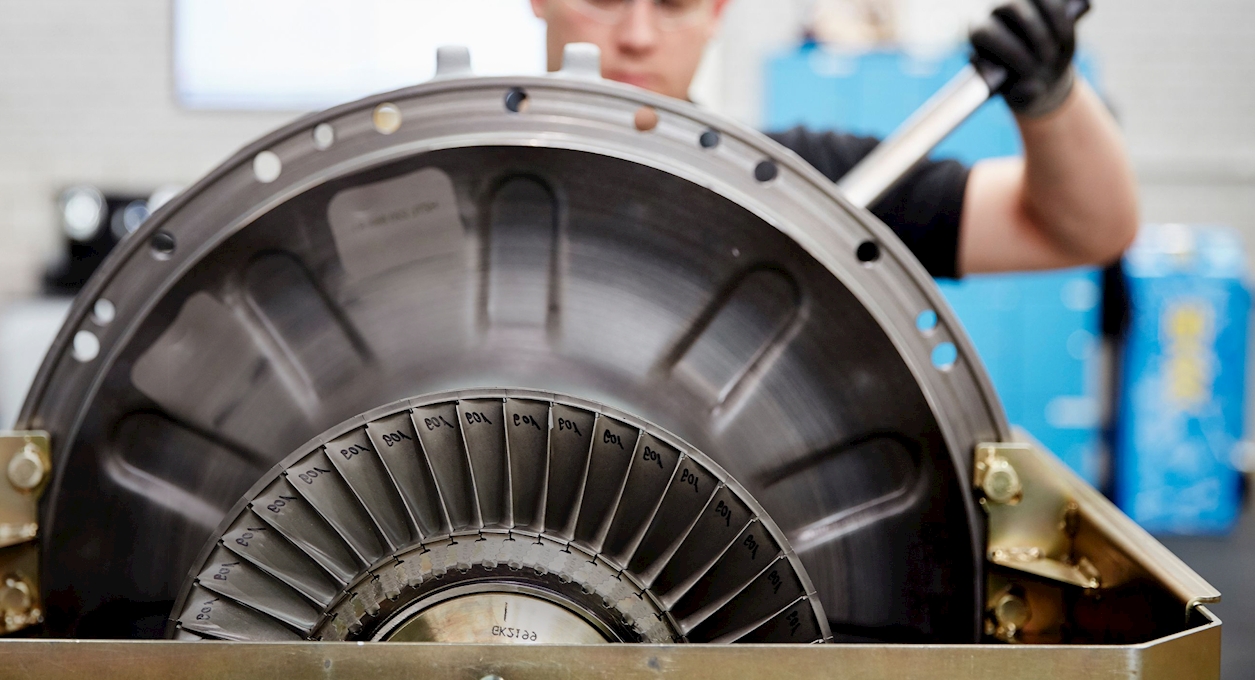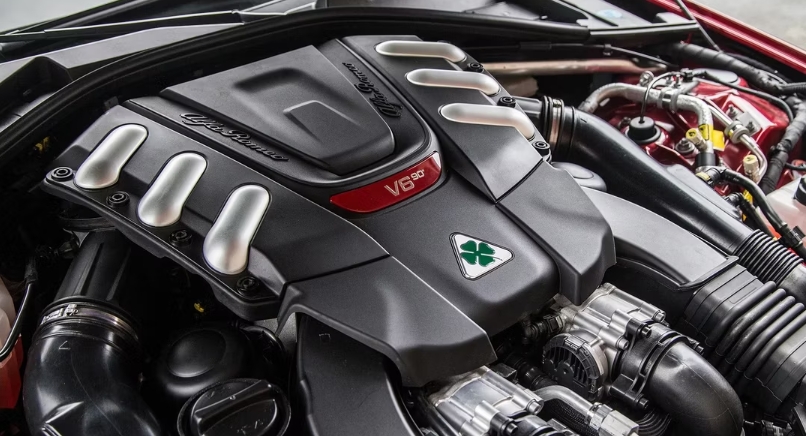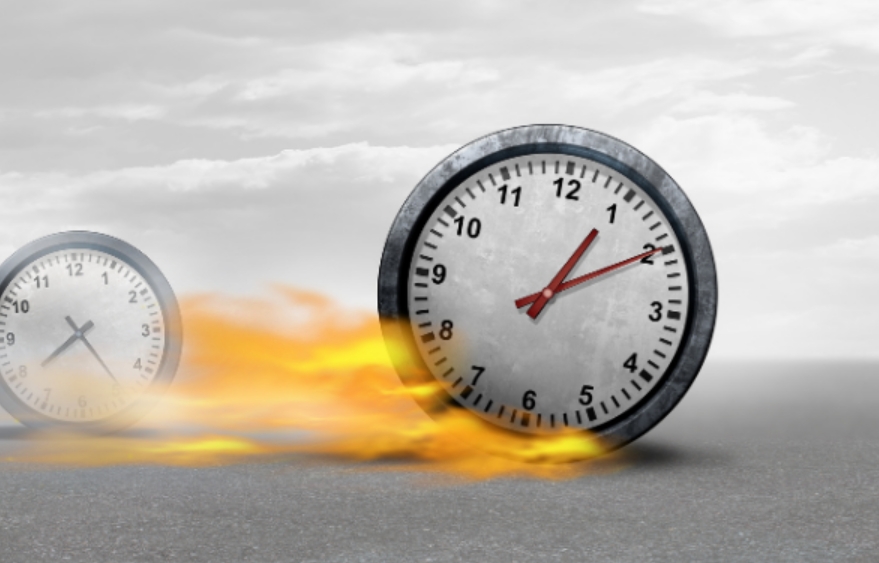
Turbo: an expensive piece that knows no crisis
With a new replacement cost that can approach €3,000, the turbocharger is one of the most expensive car parts. In this practical guide, the editorial staff looks back on the health of the turbo market, explores the alternatives to new turbochargers and offers some tips for extending the life of this part.
Turbo market: solid performance despite a turbulent environment
In the 2010 decade, the turbo market… went turbo! And the upward trend is not about to weaken despite the current turbulence of the automotive market, with in particular the scheduled end of gasoline and diesel engines in 2035 in Europe. According to a forward-looking report by Mordor Intelligence, the global turbocharger market is today valued at nearly $280 million and is expected to cross the $400 million mark by 2026, growing at an average annual growth rate of 8. 5%.
While the pandemic break has greatly slowed the pace of the sector, in particular due to the drop in sales of new cars and the drop in the need for spare turbochargers, the craze was not long in coming, with a rebound from the start. 2021, in particular thanks to the good performance of the luxury car segment. Today, half of the cars coming out of production are turbocharged… a profitable choice economically, functionally and ecologically. Another interesting trend is that revenue from the diesel turbocharger market is slowly but surely shifting towards gasoline compressors.
Europe captures the largest market share of the turbocharger industry, but high parts prices are holding back the performance of major players on the Old Continent like BorgWarner, Honeywell and Continental AG, with motorists willingly heading to the second-hand market.
Turbo failure: the craze for used parts in the face of the exorbitant cost of new
In France, the car is the second item of expenditure after housing. While French automobile taxation is one of the heaviest in the world, French motorists have to deal with the explosive increase in the price of fuel, not to mention the insurance policy and the maintenance of the vehicle. With a new replacement cost that can approach €3,000, turbo failure is a nightmare for French motorists. The latter are increasingly adopting the second-hand reflex, in the hope of finding a cheap, operational and reliable turbo.
Two options are particularly popular: so-called “standard exchange” turbos and “repair exchange” turbos:
- Turbo in exchange repair. It is a question of repairing a faulty turbo by limiting itself to the replacement of the defective parts. Reliability is uncertain, insofar as the repair is often artisanal, carried out in the workshop or in the store. The cost is of course the main advantage of this option: up to – 80% on the price of a new turbo, labor included.
- Turbo in standard exchange. This involves completely refurbishing a used turbo. The part is remanufactured, most often at the factory, with new parts, in particular the central turbocharger cartridge (or CHRA) and the wastegate valve (or Wastegate). Of all the original part, only the two casings are kept (intake part and cast iron part). They do, however, undergo a proper sandblasting process to ensure their reliability. The refurbished part is then tested and balanced to ensure that it works properly. The motorist can count on a cost 30% to 60% lower than that of a new turbo. If the savings are less important than with a turbo in exchange for repair, reliability is there.
How to take care of your turbo to prolong its life?
A properly maintained turbocharger can remain operational for the life of the engine. Here are some handy tips for preserving this expensive piece:
- Engine oil is a crucial factor. Avoid the use of adulterated, unsuitable or questionable quality oil so as not to impact the supercharging mechanism.
- Allow the engine to cool after riding. Specifically, let it run for a few seconds or minutes at idle to give the turbo time to cool.
- Warm up the engine in winter before using the turbo. Whenever you drive in cold weather, drive “gently” for the first 5-10 minutes.
- Do not exceed the limits of the turbo. Very aggressive and repeated acceleration can reduce the life of your turbo by several years.



